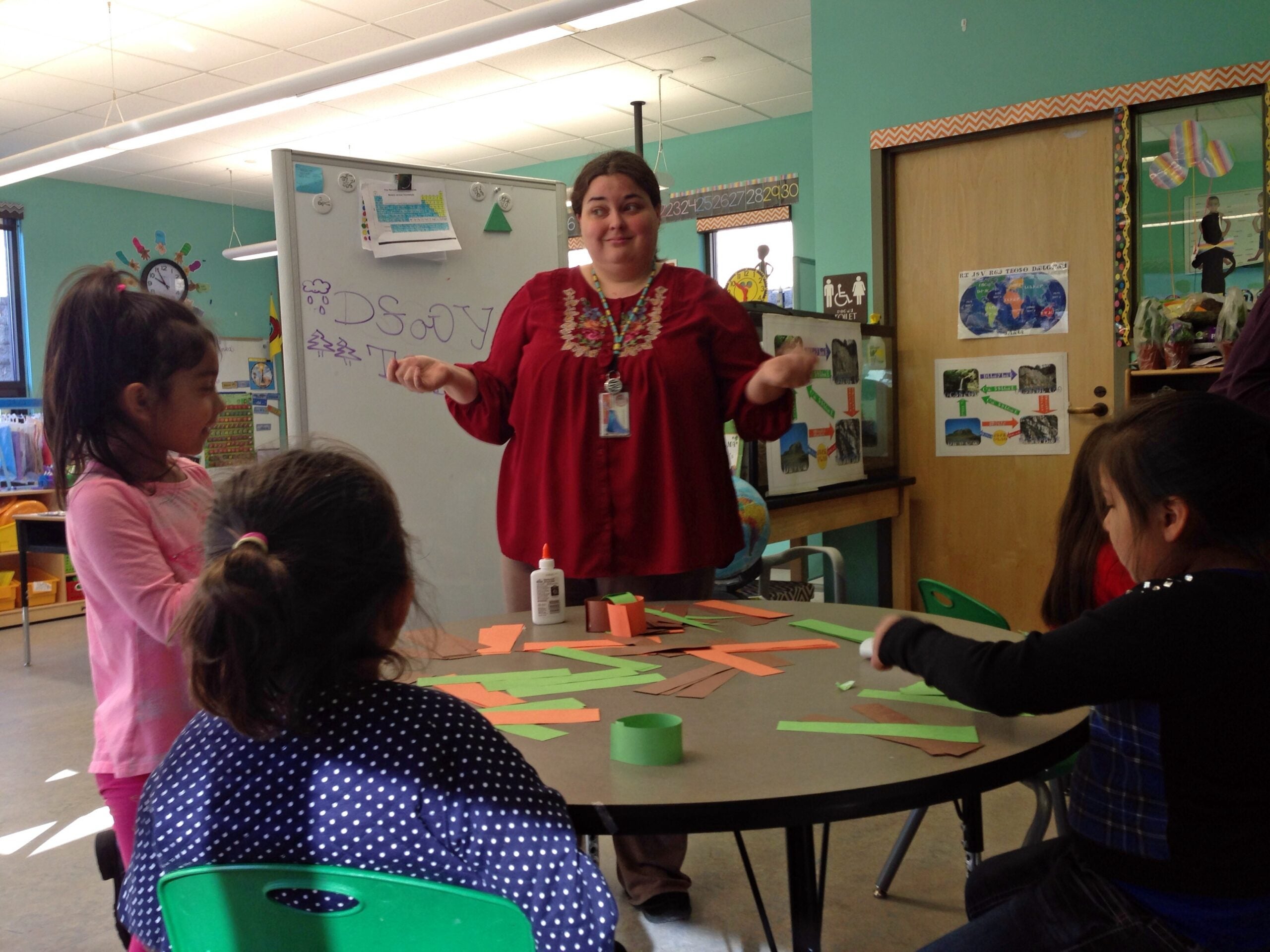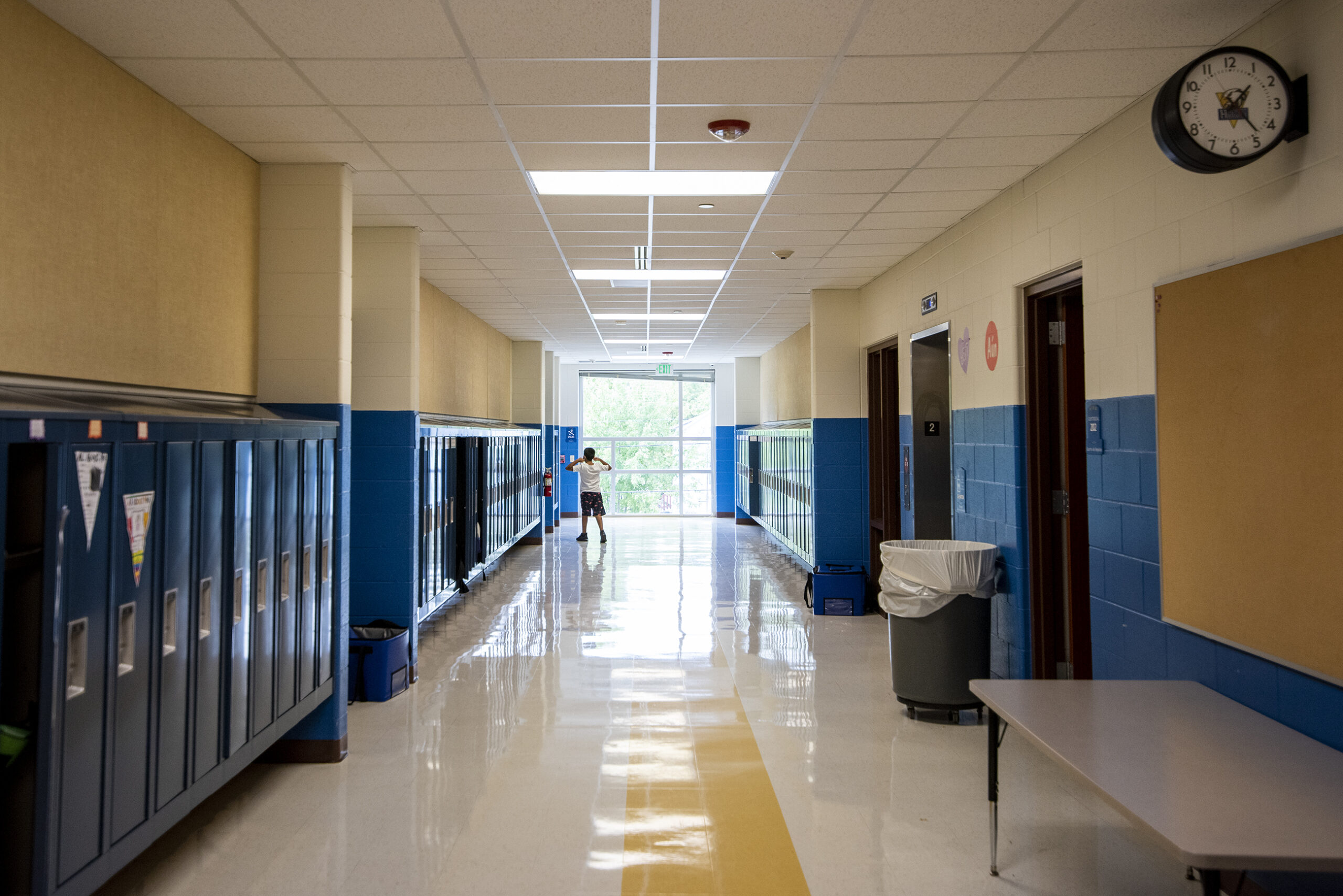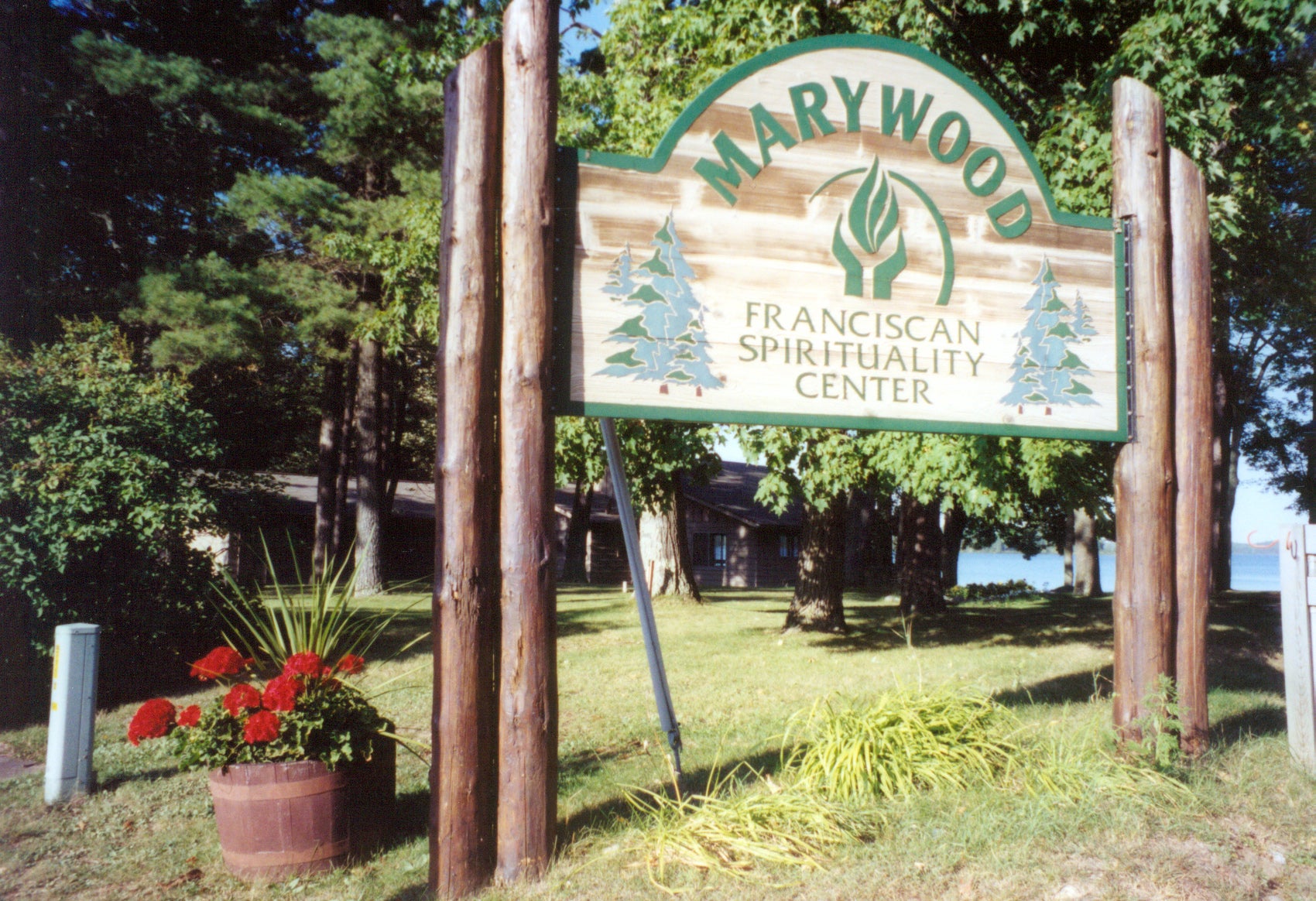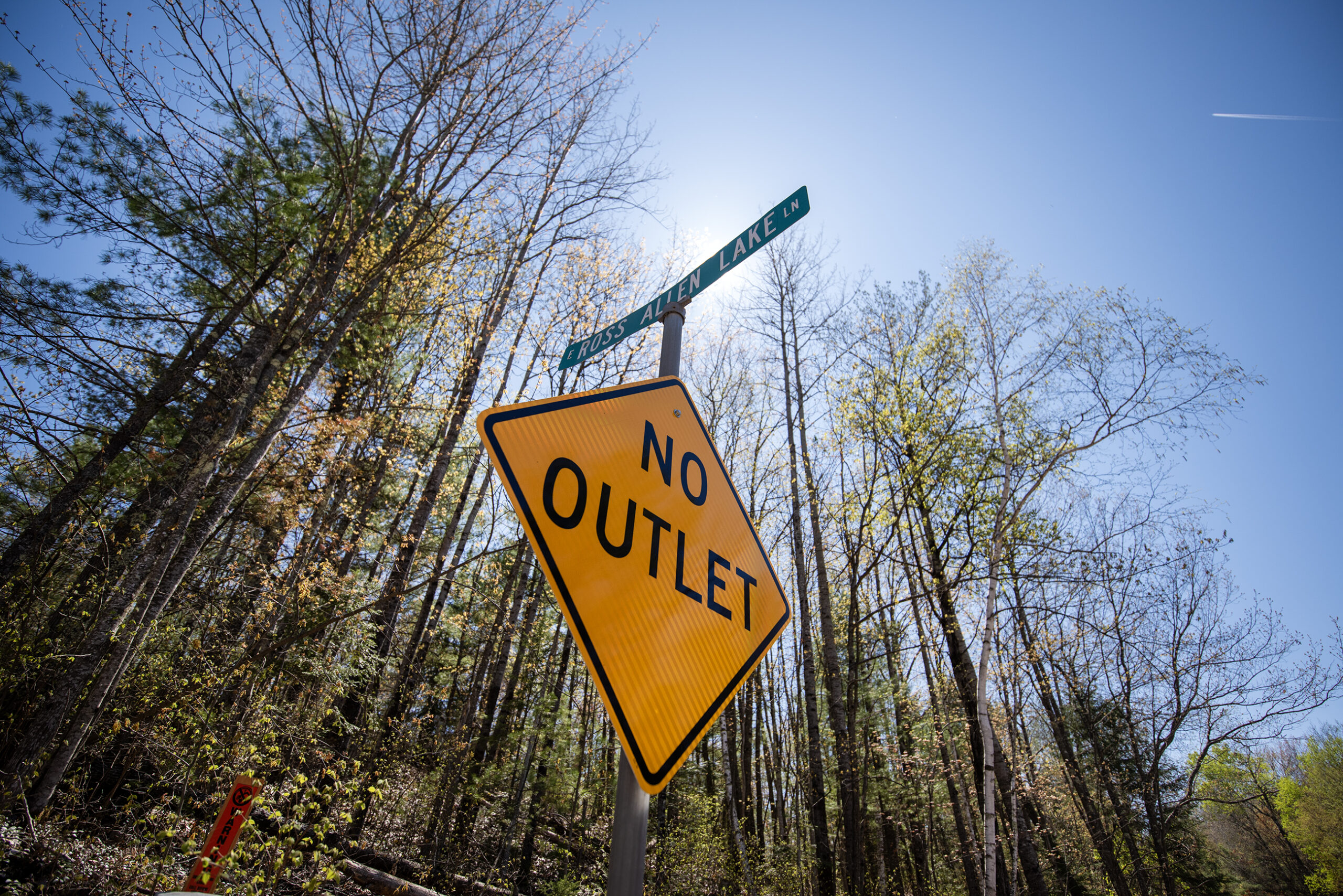Wisconsin’s 11 tribes and the state Department of Public Instruction have been working on agreements to improve communication and educational outcomes for tribal youth. The Lac du Flambeau Band of Lake Superior Chippewa is the first tribe to reach an agreement with the state.
The tribe and DPI signed a memorandum of understanding in May. Lac Du Flambeau Tribal Education Department Director Ashley Maki said the goal is to improve communication and coordination of programs for tribal kids.
“The Wisconsin Department of Public Instruction commits to providing ongoing cultural responsiveness training to all of its staff to ensure improved communication, service and understanding in working with the Lac du Flambeau tribe in serving our students,” said Maki.
News with a little more humanity
WPR’s “Wisconsin Today” newsletter keeps you connected to the state you love without feeling overwhelmed. No paywall. No agenda. No corporate filter.
State schools Superintendent Tony Evers said the agreement also furthers their commitment to educate kids about the state’s tribal nations under Wisconsin Act 31. The law requires all public school districts to teach about the culture, history and sovereignty of Wisconsin’s tribes.
“It’s more about recognition of sovereignty, individual sovereignty of each nation and not only recognizing that but identifying ways that we can help American Indian kids achieve at higher levels,” said Evers.
Evers said the state has seen graduation rates of American Indian students improve in recent years. The four-year graduation rate was 67.7 percent of 799 American Indian students statewide in the 2009-2010 school year, according to data from DPI’s WISEdash website. For the 2016-2017 school year, the graduation rate was 78.8 percent of 590 students.
Evers said tribes are requesting more regular communication between tribal leadership and the department, as well as more complete data to share with districts regarding graduation rates and test scores. He said they’re also working with tribes to improve communication with districts on making cultural accommodations for students.
Wisconsin Public Radio, © Copyright 2026, Board of Regents of the University of Wisconsin System and Wisconsin Educational Communications Board.





